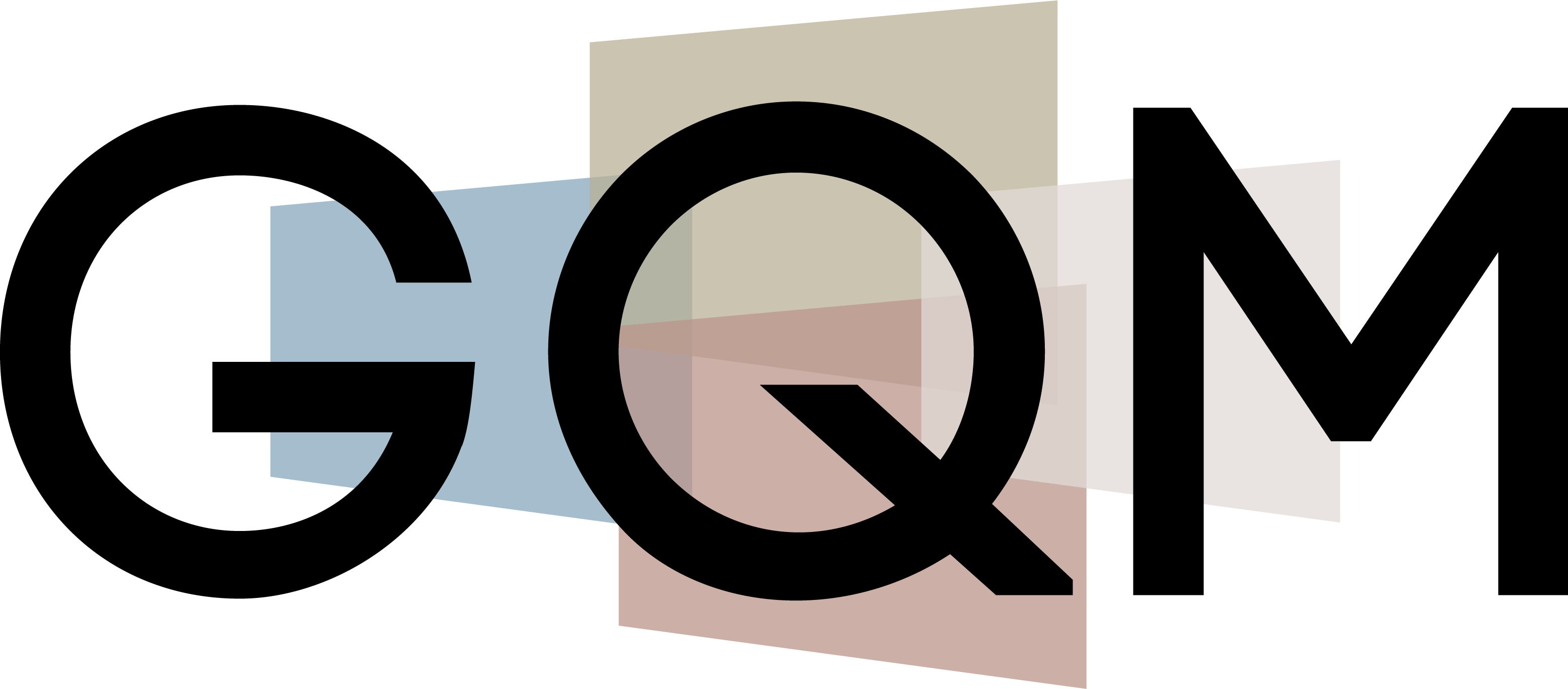BEING THE LIGHT: Daily Reading Plan #3

John 1:4-5
"In him was life, and that life was the light of all mankind. The light shines in the darkness, and the darkness has not overcome it."
John 8:12
When Jesus spoke again to the people, he said, "I am the light of the world. Whoever follows me will never walk in darkness, but will have the light of life."
This is the second of John's seven "I AM" statements. The first came when Jesus was preaching to the crowd in Capernaum, the morning after feeding thousands with a small boy's lunch (John 6:35). Later in this same chapter Jesus will use a slightly different version of this idea—not part of the primary seven "I AM" statements—resulting in rage from the Pharisees.
This incident occurs during the Feast of Booths in Jerusalem. Jesus has already used festival rituals as analogies for His role as Messiah (John 7:37–38). As part of this major festival, lamps would be lit using wicks made from priestly garments. In addition, light was a powerful metaphor in Hebrew thinking (Psalm 84:11; Malachi 4:2). "Light," for the Jewish person, was the ultimate ideal, a representation of salvation, knowledge, and goodness.
For Jesus to claim to be the "light of the world" was no small thing. In fact, it is a claim to equality with God. Even further, the Greek of this passage indicates Jesus' claim to be "the" light, not merely "a" light. In the text's original Greek, Christ says "Egō eimi to phos tou kosmou," which explicitly claims He is the single, solitary source of "light."
Those who follow Christ, in truth, may stumble into darkness, but they will never perpetually "walk" in it (John 12:46; Psalm 36:9).
Reflection Questions
- What do these verses reveal about being the light?
- What are you called to do as a result of recognizing Jesus as the Light of the World?




